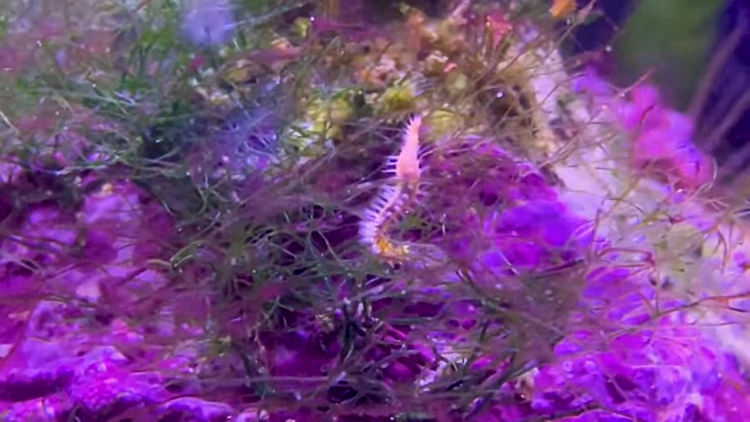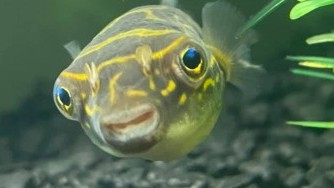All About Bristle Worms and Fire Worms
- Apr 02, 2023
- Anshika Mishra
- 395 0 0

In this article, we'll learn about a creepy little creature that might be roaming around in your tank at night, and you don't even know it - a bristle worm.
What is a Bristle Worm?
A bristle worm is a hitchhiker that 90% of saltwater hobbyists will deal with. They get their name from a bristle light spine coming out of their skin, and they will also use it as a defense.
They search for leftover food, perished fishes, and inverts, even detiruts. So they are a part of your clean-up crew.
They are nocturnal and can grow up to 24 inches at max. It is important to know which type of bristle worm is in your tank.
A similar species - fire worms- are dangerous for your tank. They will be a lot thicker in width and have much brighter red coloration. At the same time, Bristles are more tan, orange, and black in coloration. They are also toxic, so beware of the bristle, as they can leave a very powerful sting.
How do they get into the tank?
A bristle worm can hide deep into crevices and holes of live rock. They can also come in by adding new corals.
When you should be worried?
If your tank runs out of things for a bristle worm to feed one, it will look out for other things. As they'll start growing, the threat to your tank residents will increase.
How to get rid of them?
There are many fishes and inverts that eat a bristle worm as a natural part of their diet. Some of these will include the coral bandage Shrimps, Arrow crabs, Bird Wrasse, Sunset Wrasse, and more.
But make sure that these predators are also compatible with your other fishes. Be careful about what you go for.
You can set up a trap. Get them to a corner/hole they can't get out of, tease them with food, and as they'll come out, you can trap them.
Another way is to catch them with some prongs and a flashlight.
Warning
A bristle worm is more like a hair algae. It's about keeping them in control than eradicating them from the tank. A couple of bristle worms in your tank wouldn't be an issue, but if you end up with 30 hungry bristle worms, you will experience some issues.
Be very careful with your hands against the bristles because they will stab into you just by brushing against the worm very easily. These spikes will be hard to get out because they are much like fiberglass getting on your tank, so please wear gloves. Whatever you have to do, be careful.






About author